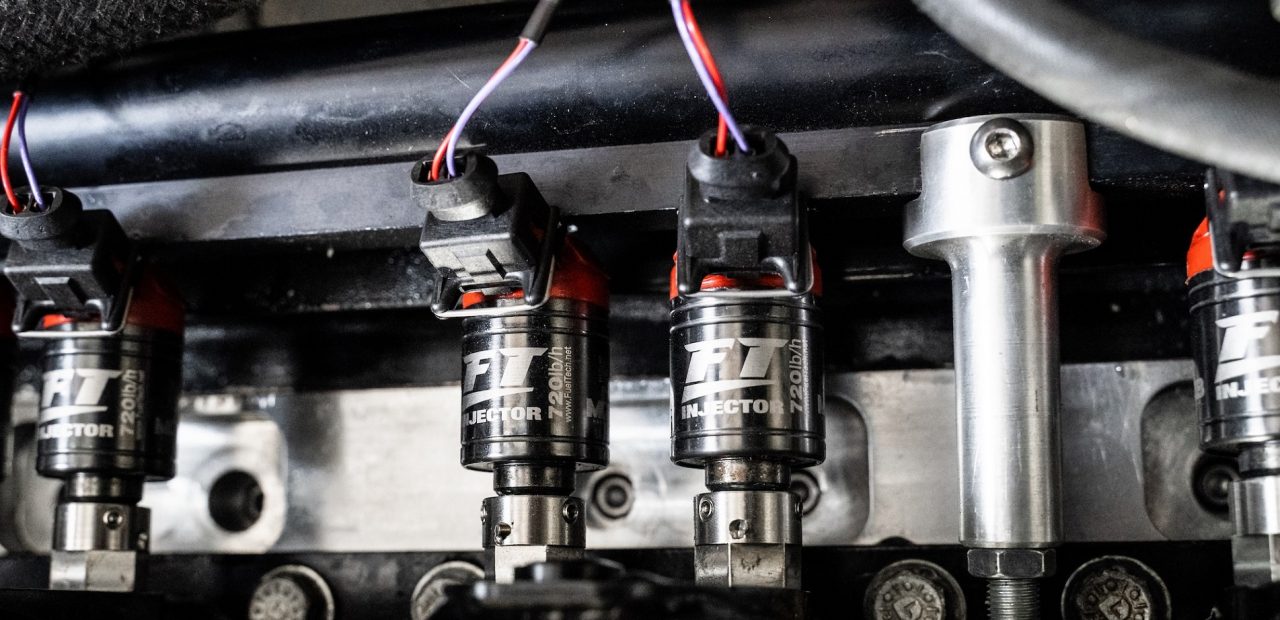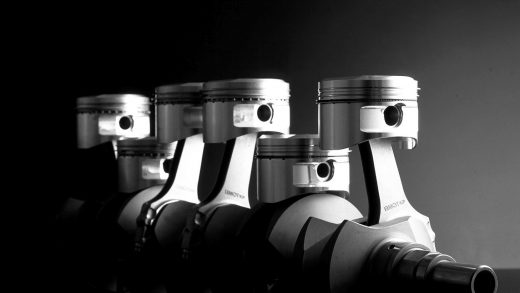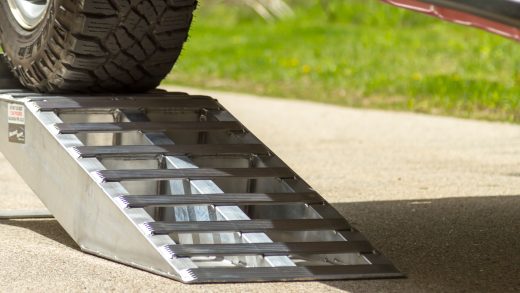Aftermarket Fuel Injectors for Toyota: What to Look For?
One of the best parts about owning a Toyota is that it’s one of the most popular brands around the world, and as a result, you get to choose between thousands of Toyota aftermarket parts. So, if you’re a gearhead who wants to get more out of their Toyota, you’re probably considering aftermarket performance parts. Many Toyota owners who are looking to get more horsepower and torque without compromising on fuel efficiency turn to aftermarket performance fuel injectors. These parts will provide a significant boost to your engine by delivering more fuel into the combustion chamber, where the fuel is burned in a mix with air.
But delivering more fuel to the combustion chamber won’t give you more power out of thin air. Modified vehicles generally run lean, simply because the engine isn’t supplied with enough fuel, resulting in a power loss. Performance fuel injectors fix this, preventing the loss of power. These Toyota aftermarket parts regulate the amount of fuel delivered to your engine with the help of an in-built regulator. Fuel injectors replace the old carburettor system that used to serve the same purpose, but were considered harmful to the environment, and weren’t as fuel efficient.
Types of Fuel Injectors
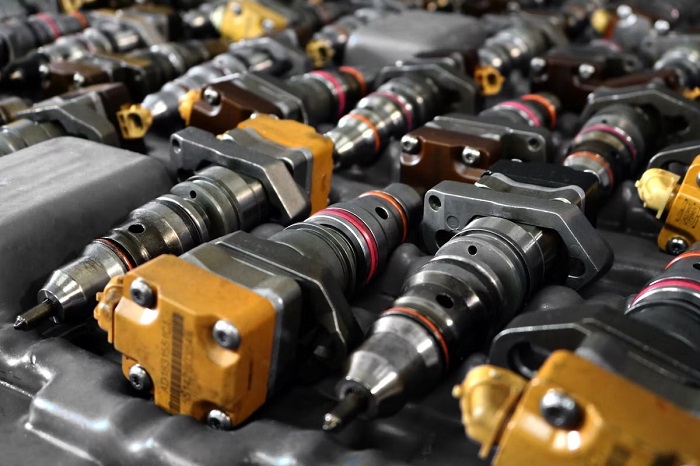
There are two basic types of fuel injection systems – mechanical and electronic. As you can guess, most new Toyotas come with electronic systems, which are far easier to modify based on your specific needs. Stock fuel injectors are designed to provide just the right amount of fuel to your stock engine. However, if you’ve modified your engine in any way, or if you’ve added a super or turbocharger, your engine won’t get enough fuel with a stock fuel injector. This will result in a performance loss, and a waste of money. The reason for this is that superchargers and turbos provide more air to the combustion chamber. And you probably know that the mix of fuel and air inside the chamber needs to be a specific ratio for it to perform the controlled explosions optimally.
In petrol engines, the ratio is approx. 14.7 parts air to 1 part fuel. There are some deviations based on the conditions you drive on and the workload of the engines, of course. Diesels, on the other hand, require a 15-14:1 in non-turbos and 16-15:1 in turbos. These ratios are considered ideal for achieving the stoichiometric point, which is the point at which all the fuel and air are burned inside the combustion chamber. This is managed by your vehicle’s ECU.
In stock engines, fuel injectors don’t operate at full capacity, and that’s perfectly fine for everyday driving. However, vehicles equipped with aftermarket performance parts require fuel injectors to pump fuel at full capacity. But if the vehicle is outfitted with a turbo, the stock injector won’t be able to provide enough fuel even at full capacity, at which point you must get an aftermarket performance fuel injector. Matching the fuel injector to the engine is of utmost importance.
More is Not Always Merrier
I talked about what happens when the engine doesn’t get enough fuel, but what happens when it gets too much fuel? Well, you get disruptive performance. To get the right fuel injector, talk to a seasoned professional or look up how much fuel your engine needs by looking up other performance metrics, such as the amount of air supplied, vehicle model and make. Take into account other aftermarket performance parts that play a role.
To get the most optimal performance, you should also consider a few other modifications, such as tuning the ECU, an aftermarket fuel pressure regulator, fuel pump and fuel treatment.
The ECU is your Toyota’s computer, which “talks” to various car parts, including the fuel injector. It tells it how much fuel it should deliver to the combustion chamber. So, if you’re getting an aftermarket fuel injector, you should also adjust the ECU to get the desired performance.
Fuel treatment is also highly recommended. Since you’re upgrading the fuel system, it only makes sense that you upgrade the fuel. You can do this by getting a fuel treatment or catalyst in order to get the most distance out of your fuel.
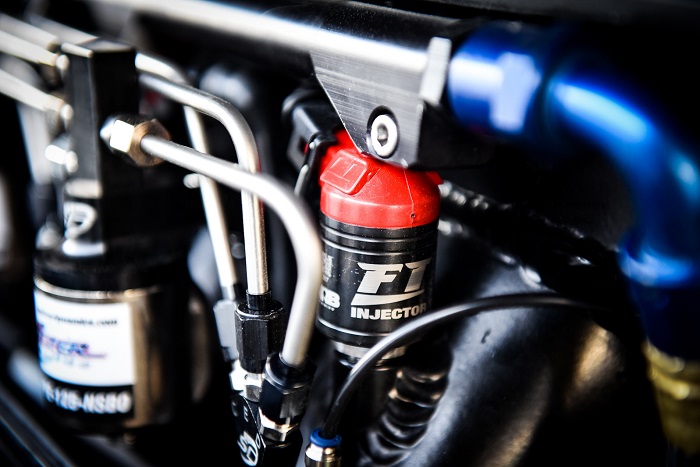
Things to Look Out For
When you install a new fuel system, things can sometimes go wrong. There are a couple of symptoms to look for, including rough idling, engine stalling, fuel odour, slow acceleration and smoke coming out of the engine. To avoid these problems, make sure the fuel system is installed properly. Moreover, make sure you buy quality aftermarket parts, and not some cheap knock-offs. The fuel injector should be maintained properly so you get the most out of it. Fuel maintenance is also important, and you should change the filters every 15.000-20.000km. And last but not least, make sure the fuel injector is made for your specific vehicle model and make for a seamless fit, and optimum performance.

